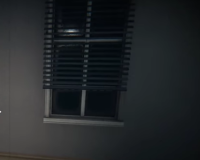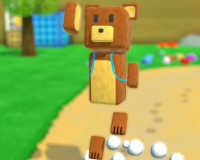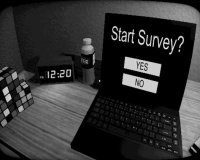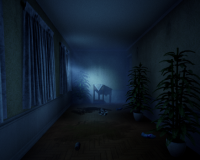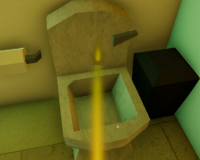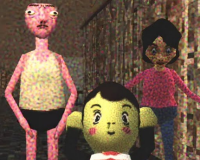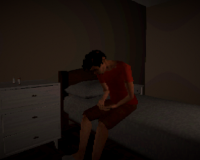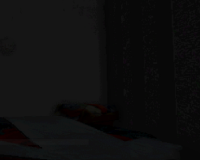
Advertisement
Dressing Room
Dressing Room begins with the player arriving at a small clothing shop for the evening shift. There are no managers or colleagues nearby, leaving the player alone to handle responsibilities until the store officially closes. At first the game presents this situation as ordinary work, with nothing more than simple cleaning and organizing. The quiet atmosphere sets the tone, since there is little activity besides the player’s own movement. The absence of background noise makes every small sound noticeable, and this sense of silence prepares the player for the unusual events that slowly unfold as the night goes on.
Routine Tasks And Progress
The design of the game is centered on completing basic actions. Movement, inspection, and interaction are the only mechanics available, yet these limited tools are enough to create a layered experience. There is no timer, no clear announcement of when the shift is over, and no visible markers of progress. Instead, progression comes from carrying out everyday tasks and paying attention to how the shop environment responds. What begins as routine duties gradually reveals hidden layers, and the player realizes that nothing in the store stays completely stable.
Main Duties To Complete
The player is required to repeat a number of simple duties during each shift:
- Sweep and clean the floors
- Arrange clothing and accessories on racks
- Check each dressing room carefully
- Remain inside the store until the closing signal
Although these duties seem harmless at first, completing them often reveals inconsistencies. A folded shirt might vanish when the player looks away, or a dressing room mirror might reflect something slightly different than expected.
Growing Uncertainty
The deeper the player moves into the shift, the more irregularities appear. Lights that seemed steady begin to flicker, doors may not remain in their proper position, and mannequins sometimes stand in different places without explanation. None of these changes are highlighted directly, so the player must rely on memory and observation to notice them. The design uses these gradual changes to shift the tone of the game, turning ordinary activities into moments of tension. Even cleaning a small area feels different when there is uncertainty about what might be waiting nearby or what may have changed while the player was not looking.





